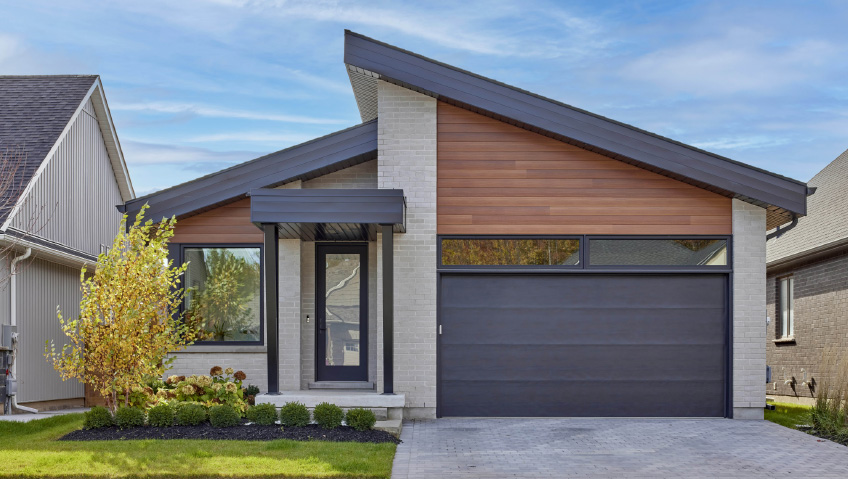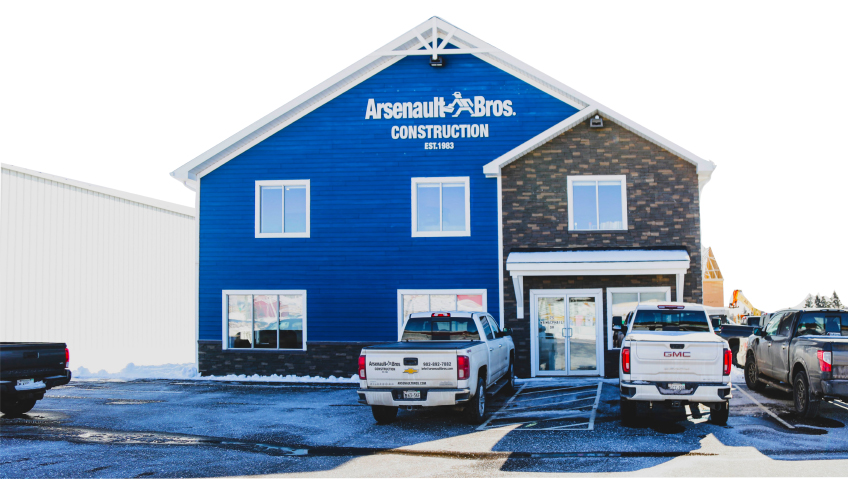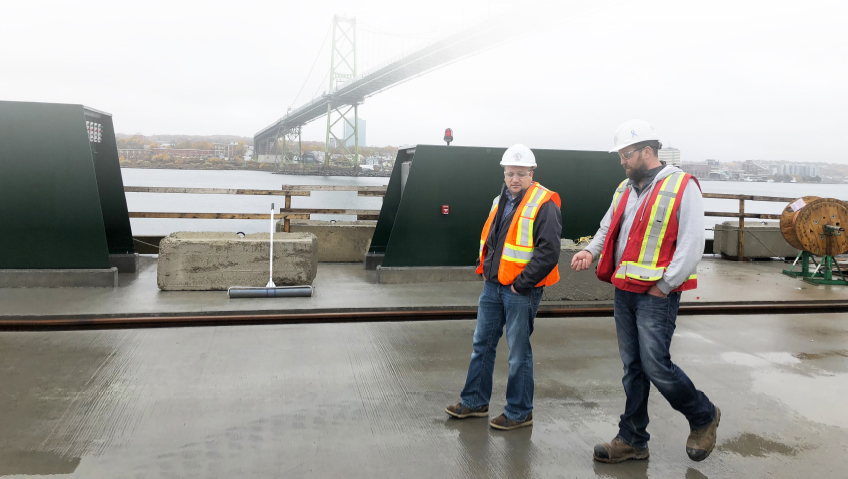Over the months leading up the release of Canada’s latest federal budget, A Plan to Grow Our Economy and Make Life More Affordable, there was speculation over what recommendations the 304-page document would contain about the nation’s housing crisis. Highlighted as a priority for all levels of government, the dearth of all kinds of housing, from single-family homes to condominiums, townhomes to rental units, is a threat to our future.
The budget addresses the issue with its first chapter, “Making Housing More Affordable,” and touches on how the goal of achieving a safe, reasonably priced home — “one that was taken as a given for previous generations — is increasingly out of reach for far too many Canadians,” especially amongst younger persons. “Foreign investors and speculators are buying up homes that should be for Canadians to own. Rents in our major cities continue to climb, pushing people further and further away from where they work.”
Shortage of housing stock
The lack of housing in Canada did not suddenly emerge, but has been simmering for years. The issue is multifaceted; out-of-reach prices are one factor, and lack of supply is another. According to data from the Organisation for Economic Co-operation and Development (OECD), Canada has a far lower number of homes per person than many other OECD countries, such as France, Germany and Japan.
Every year, on average, Canada builds some 200,000 new housing units. To meet demand, Canada needs to double its present rate of new construction over the next decade. In fact, Finance Canada and the Canada Mortgage and Housing Corporation estimate we need to construct a minimum of 3.5 million new homes by 2031.
Creating a list of Key Ongoing Actions, the federal government is slated to deliver over $72 billion via the National Housing Strategy by 2027-2028, allocating billions of dollars for building and repairing rental housing, affordable housing and shelters, support for housing in Indigenous communities, joint funding with the provinces and territories, and other initiatives. The budget also proposes tabling legislation to implement the nation’s first national vacant housing tax, applying to non-Canadian, non-resident owners.
The role of CHBA
Serving as ‘the voice of Canada’s residential construction industry for almost 80 years,’ the Canadian Home Builders’ Association (CHBA) represents one of Canada’s biggest industry sectors, with approximately 9,000 members, including land developers, home builders and renovators, contractors, insurers, manufacturers, building product suppliers, lending institutions and others. Supporting its members, CHBA plays a vital role in ensuring Canadians have access to housing that meets their needs “at a price they can afford to pay,” and conveying the interests of homebuyers and homeowners to all levels of government.
Under the leadership of Chief Executive Officer Kevin Lee for almost a decade, CHBA continues to call for the creation of, and access to, housing in Canada. “It is really important to distinguish between affordable housing, and housing affordability,” says Lee. “We typically talk about housing affordability, which is very much about market rate. Can a young family afford to buy a home in their community and become first-time homebuyers? Housing affordability applies to rentals as well. Can you afford a rental unit in an area where you should be able to afford to do so? It’s very different in affordable housing, which is social housing for all intents and purposes.”
A fine balance
While all kinds of housing are important, about 95 percent of Canadians live in market rate housing and are concerned about housing affordability, while the remaining five percent need affordable housing units. Worldwide, there is a movement toward inclusionary zoning, where a certain percentage of units must be affordable (half the price of a normal unit in the market, for example). However, this raises the question: where will the subsidy come from – the general tax base, municipalities lowering development taxes, or different types of offsets?
Although some say developers should pay, this ignores the fact that developers need to operate a profitable, functional business. If developers are compelled to pay the difference, this will come out of the price of the market rate housing units, drive up prices, and can lead to fewer houses being constructed, since it will be less desirable for developers to build in some areas.
“So we are very concerned about municipalities when they look at inclusionary zoning, that they do it in such a way that is not going to drive up the price of market rate housing, and that is not going to mean less market rate housing,” says Lee. “Those are the two things that we can least afford to have right now.”
What is ‘housing?’
For many of us, the image of ‘housing’ in our mind’s eye usually evokes a single-family dwelling in the suburbs, or perhaps a condo in the heart of a large city. With a massive shortfall of much-needed housing, we must address how we view neighbourhoods and communities, especially the “missing middle,” such as medium density housing, multi-unit construction, and stacked townhomes.
Altering views on newer types of housing products – such as laneway and backyard housing – also means changing Nimbyism, the ‘not in my backyard’ perspective where residents are opposed to changes in their areas. It requires recognizing that today’s housing needs are not the same as those of the past. Along with laneway houses and secondary suites, Canada needs other types of housing, including higher buildings with greater density.
Another benefit of varied housing stock is the creation of walkable communities, complete with amenities that make neighbourhoods great, such as shops and restaurants. “The big change isn’t how we view housing — some people want single-detached of all different sizes; for others, it will be the semis and townhomes, or condos that are four-storey or six-storey or towers — but we need more of everything, and that includes more of those things in our existing communities.”
The need for immigration
This year, Canada plans to welcome 431,645 new permanent residents, another 447,055 in 2023, and 451,000 in 2024, according to Federal Government data. While some are critical of these targets, CHBA is very much in favour of immigration. Canada-wide, many industries, especially the skilled trades in construction, are facing labour shortages. Combined with an aging population and about 22 percent of the nation’s workforce set to retire over the coming decade, it is plain that immigration is critical to future sustainability and growth.
“The issue with Canada’s shortfall of housing supply — which is dramatic — is not a function of immigration,” states Lee. “We haven’t kept up with household formation, and that is not new.” Just five years ago, CHBA stated that at current rates, Canada would be 300,000 family-oriented housing units short in the coming decade, a figure which became reality.
And what if Canada fails to address its housing shortage? According to Lee, many kinds of housing will be in jeopardy, including affordable and social housing, with residents stuck in a cycle, unable to afford to move into market rate rentals. Others, eager to move from their first home to a second house, will be unable to do so with skyrocketing prices.
“Historically, 80 percent of the rental units in Canada that come available every year come from first-time homebuyers vacating rental properties,” comments Lee, “so it’s really important that you continue to have first-time homebuyers. And if we don’t get the supply going, we will have all kinds of issues across the continuum.”
While some feel additional taxes on foreign buyers, tighter mortgage restrictions, and increasing lending rates will help quell house prices and somehow ‘help’ Canada’s housing crisis, the opposite is true. “Tighter mortgage rules and raising interest rates make housing actually less accessible,” comments Lee. “By definition they say, ‘you can no longer afford to buy this house because of mortgage rules.’ So we need to go and create actual supply, because if we don’t get this done, we will forever see accelerating house prices to the point where we will continue to see big drops, not only in homeownership, but in the ability of all Canadians to afford even rentals.”






